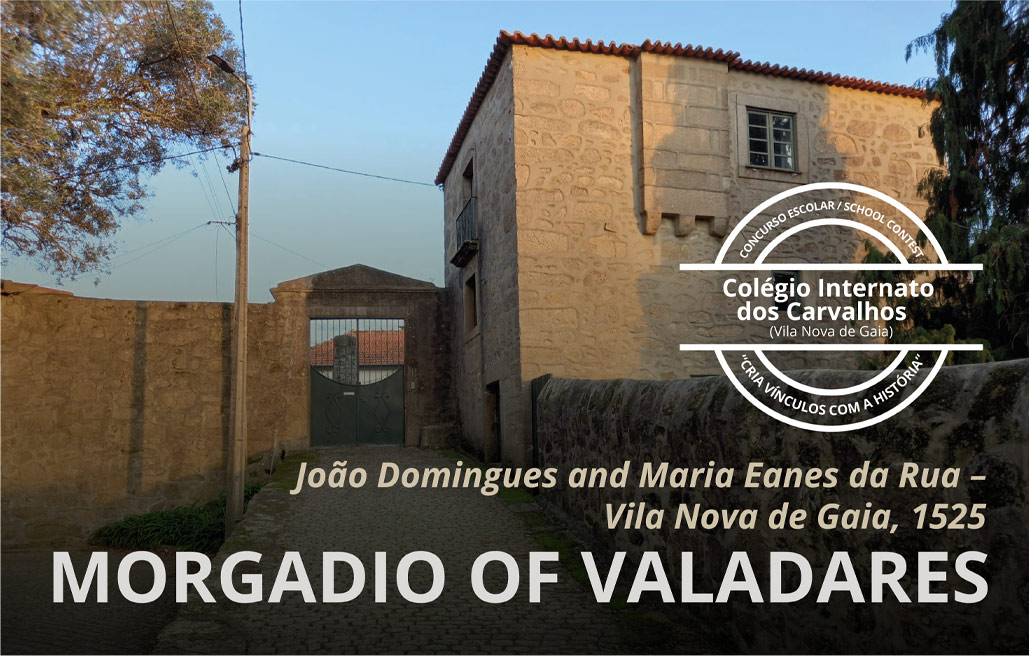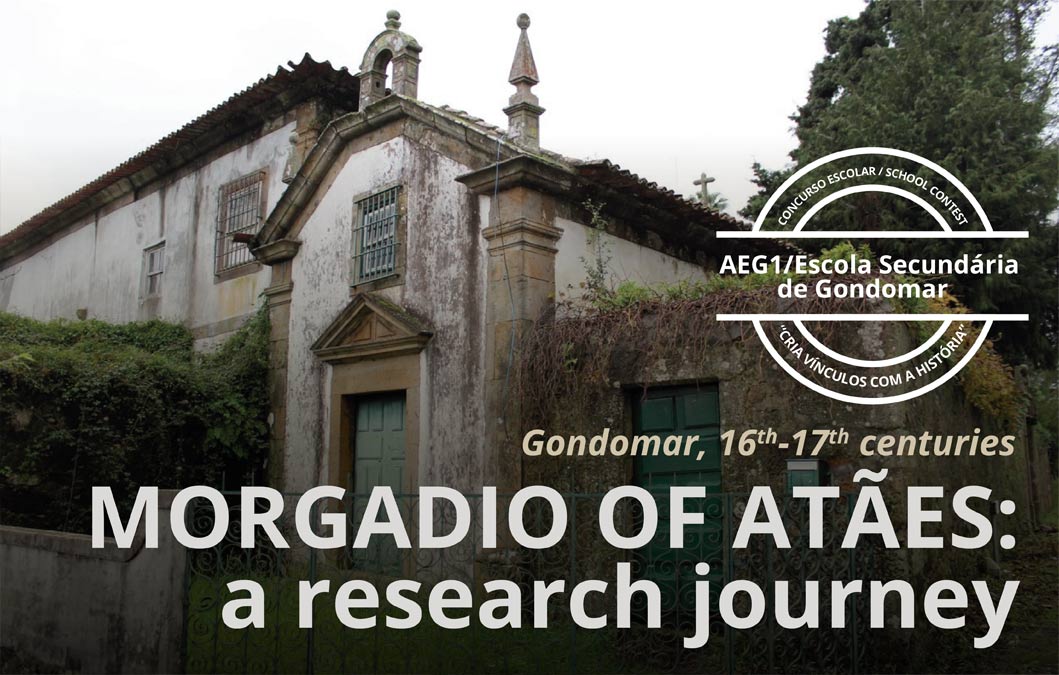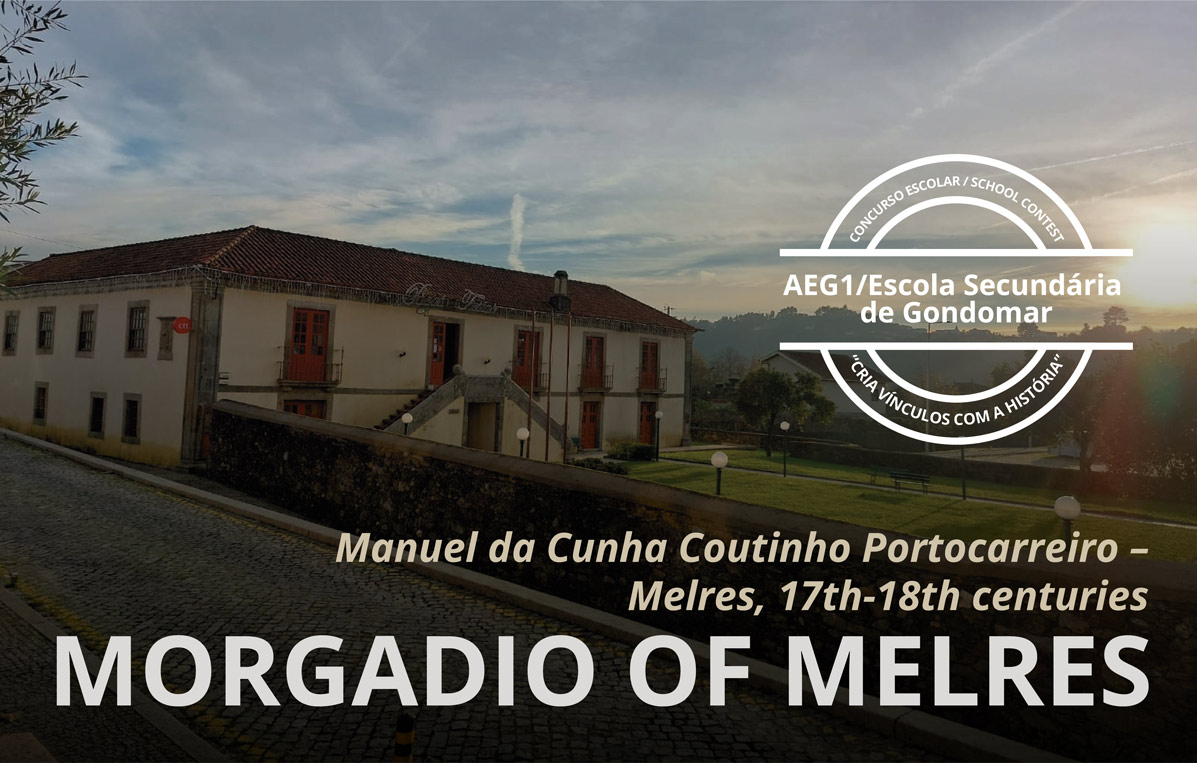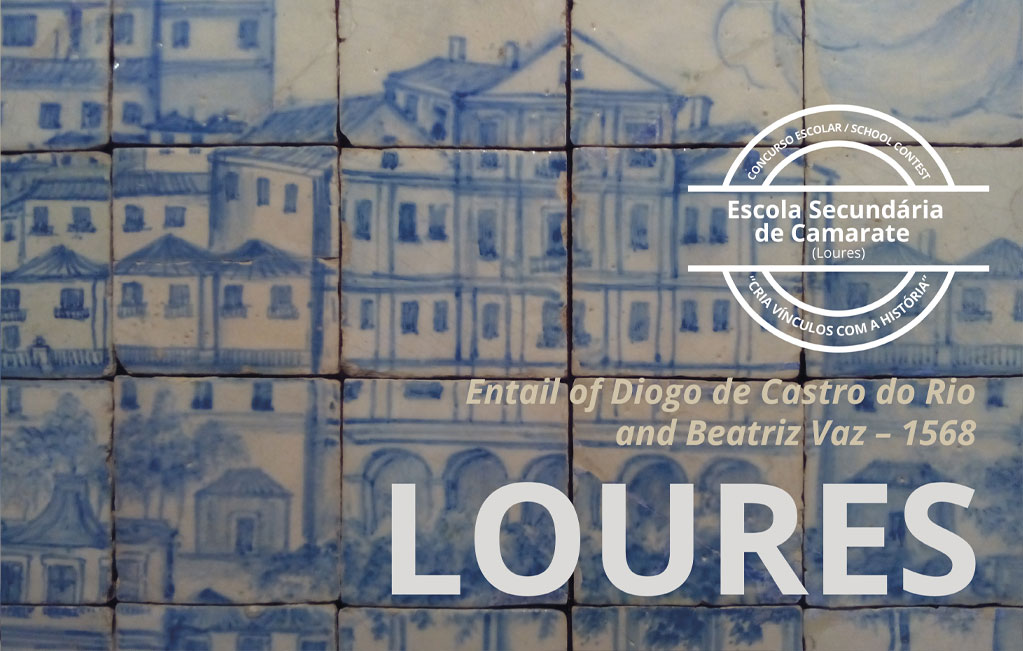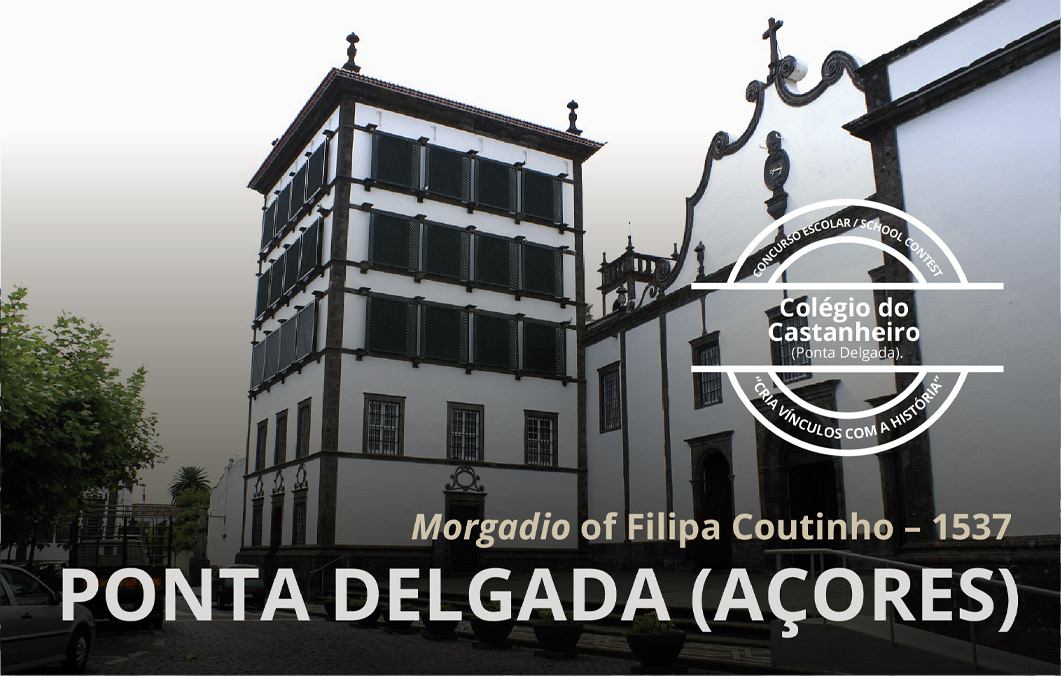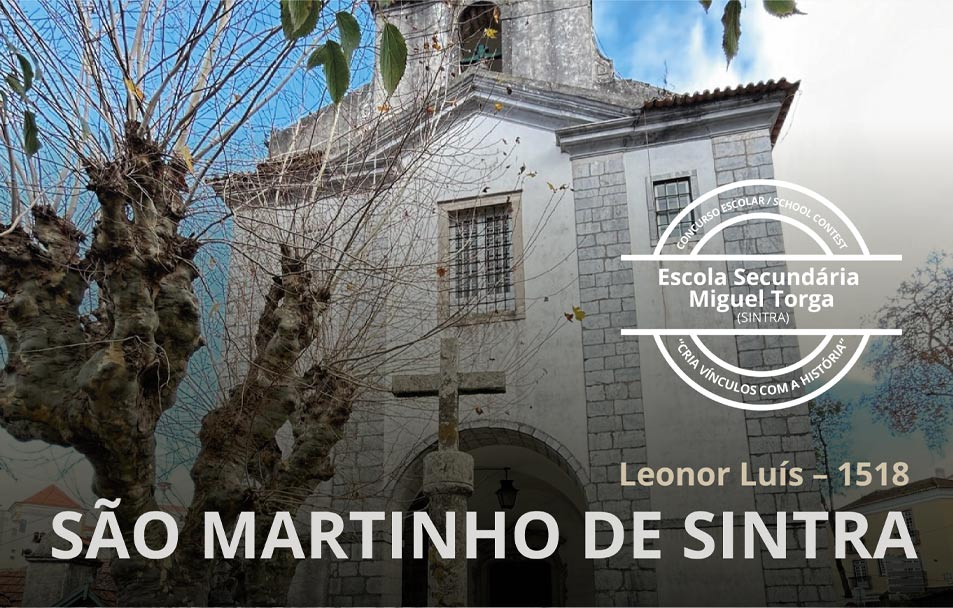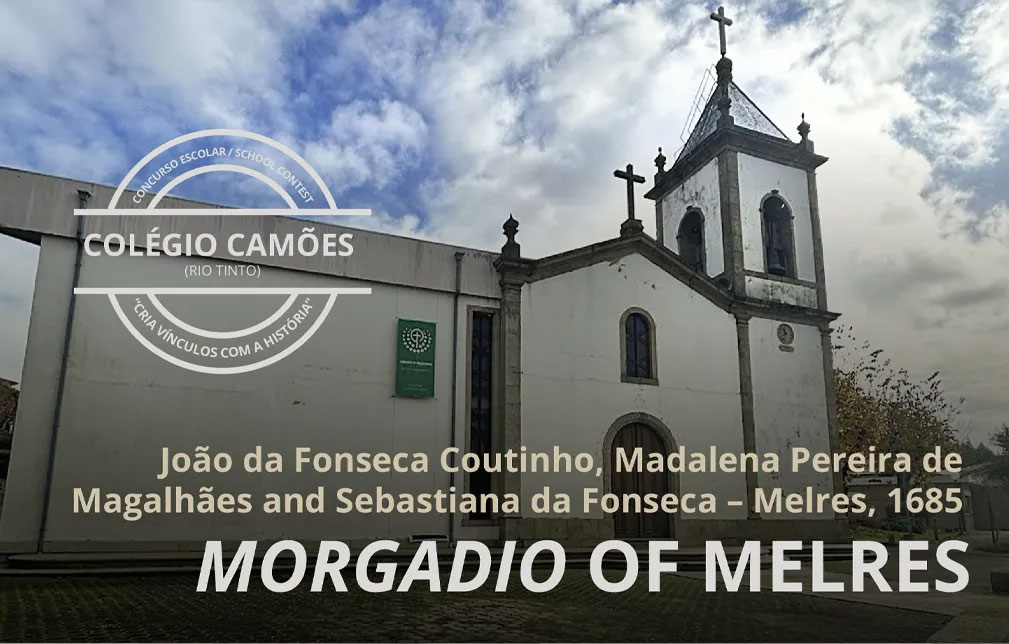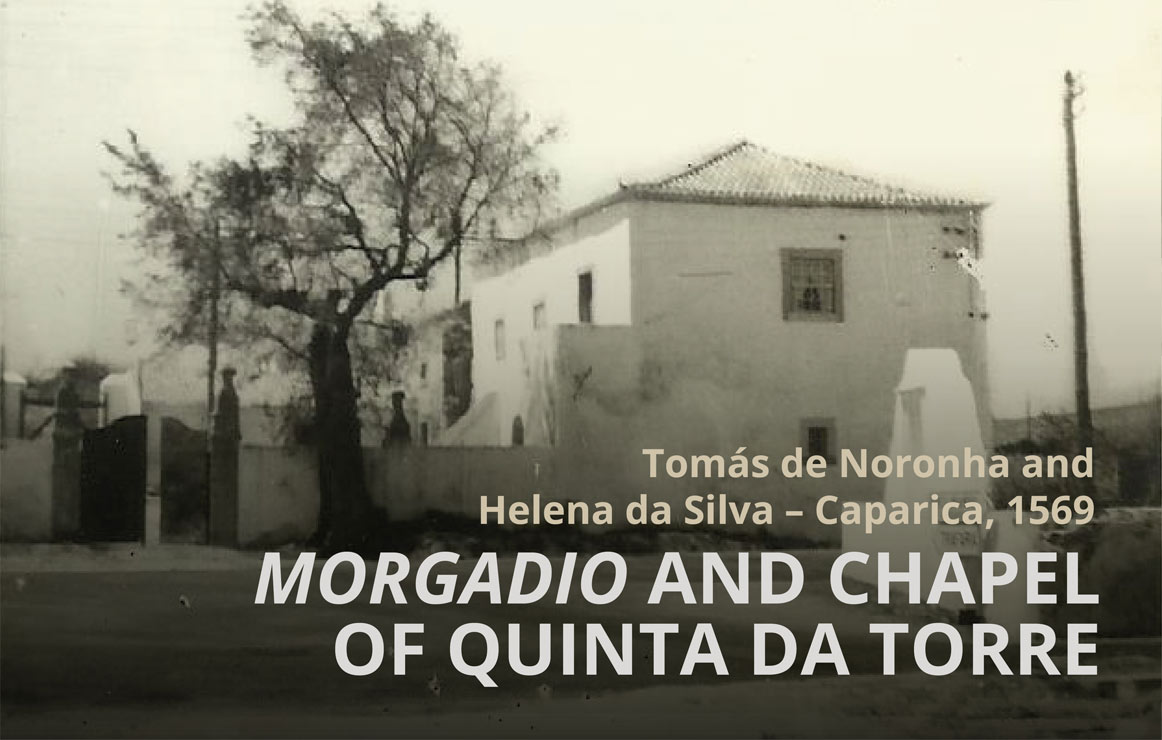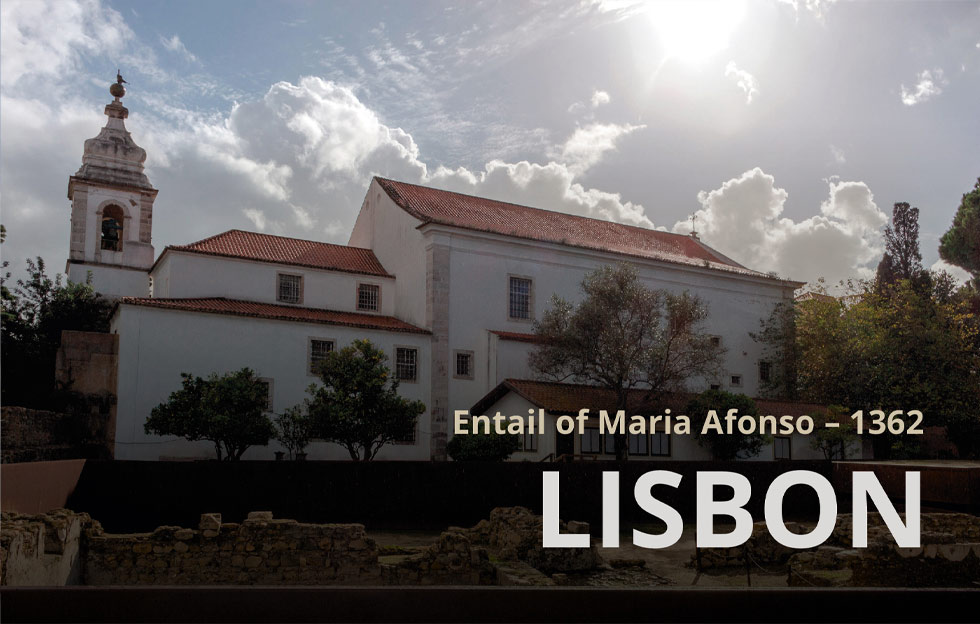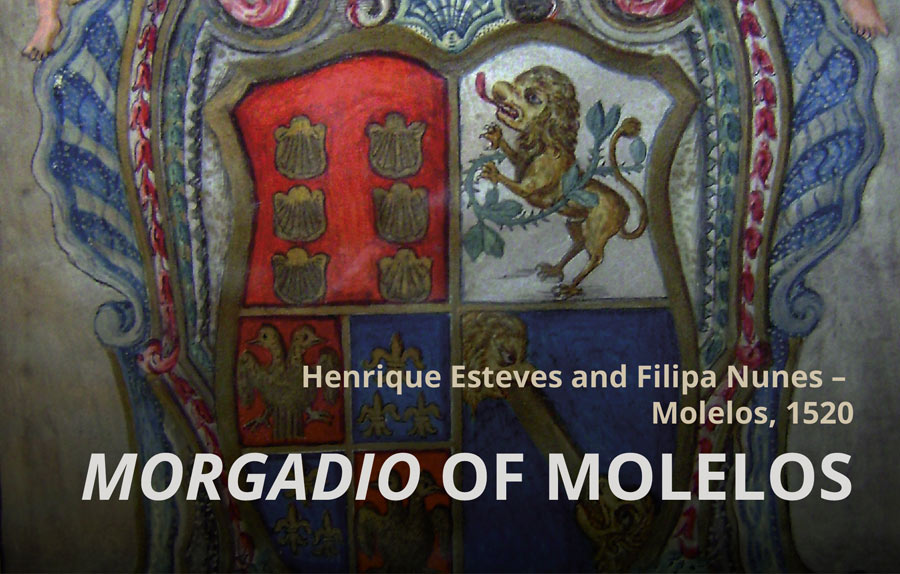Entail of the month (April, 2021)
Morgadio of Póvoa, by Vicente Afonso Valente
Póvoa, 1336
In 1336, Vicente Afonso Valente, a canon in Lisbon cathedral, founded the morgadio of Póvoa, appointing his brother, the knight Lourenço Afonso Valente, as the first administrator. In the absence of the original will, we are made aware of the institution of this deed by other means. In 1348, Domingos Martins, the prior of the Church of Santa Maria de Nogueira, in Coimbra, presented a request to be excused from his role of executor of Vicente Afonso Valente’s will, which originated a “will declaration”. It transcribed a passage from the will by which Vicente Afonso created an entail of “the poboa including all of its rights and belongings” and dictated that such properties would be pass down through his brother’s lineage. The original version of this “declaration” was also lost and there remain only sixteenth-century copies. One of them is currently kept in the archival collection of the Museu Muncipal de Vila Franca de Xira. It is the result of a request made to the civil judge of Lisbon by the clerk of the resíduos of the same city, on February 28, 1538. The clerk requested the judge to issue a certified copy due to the poor state of conservation of the original, which the clerk displayed (MUSEU MUNICIPAL DE VILA FRANCA DE XIRA, Morgado da Póvoa, “Traslado da execução…”).
Over the centuries, the morgadio assets were integrated into different noble families’ estates through matrimonial alliances. Among these, we can identify the Castelo Branco and the Lencastre (Casa de Figueiró) families. Following the marriage of Gonçalo Vaz de Castelo Branco and Brites Valente, daughter of the fifth administrator, the morgadio of Póvoa became part of the estate of the successors of this family. The lordship of Vila Nova de Portimão was added in 1476, following a donation from King Afonso V to Gonçalo. In 1514, Martinho de Castelo Branco, the son of Gonçalo and Brites Valente, received the title of Count of Vila Nova de Portimão. Being close to King Manuel, Martinho was a prominent figure. Like his father, he had important courtier roles – the Italian humanist Giovanni Cataldo Parisio (known in Portugal as Cataldo Parísio Sículo) dedicated the poem “Verus Salomon Martinus” (1511) to him, as a biographical tribute (RAMALHO, 2004, p. 431). At various times, the Count of Vila Nova placed himself at the service of royal designs: he led the embassy that took the princess Beatriz to Savoy for her to marry the duke; in 1518, he joined the expedition to welcome the king’s third wife, Leonor of Austria. As Damião de Góis reports, after the “fierce blow of trumpets”, Martinho was the first “to kiss the queen’s hand” (GÓIS, 1909/1911, p. 123). Despite Martinho’s fine political reputation, none of his sons inherited the title of count due to the absence of confirmation from King João III. It can be supposed this was due to the monarch disliking the count’s influence in the decision to suspend the marriage with the princess who had been initially set aside for him (COUTINHO, 2004, p. 233).
However, Francisco Castelo Branco, the new Lord of Vila Nova de Portimão, was particularly zealous with maintaining the assets of the Póvoa morgadio. In fact, he was responsible for the “Reformação da Instituição do Morgado da Póvoa”, an archetypal document dating from 1531. It compiled a considerable number of deeds concerning the obligations of the entail administrators and establishing the morgadio‘s territorial limits (BIBLIOTECA NACIONAL DE PORTUGAL, Arquivo do Visconde do Botelho, cx. 9, doc. 17). In addition to indicating the administrators’ lineage, this document also recorded the augmentation of goods and properties, thus demonstrating the wish to register and preserve the ancestors’ memory. All of the documents consulted were required “to be had and kept for thirty years, to clear any doubt” (ibidem, fl. 31). Francisco de Castelo Branco also took the initiative of having a chapel built in Quinta da Póvoa, dedicated to Our Lady of Mercy, and remodel the family house’s main body. It would form the core of an eighteenth-century building – today, the Palácio da Quinta da Piedade, Póvoa de Santa Iria.
Over the centuries, the morgadio assets were integrated into different noble families’ estates through matrimonial alliances. Among these, we can identify the Castelo Branco and the Lencastre (Casa de Figueiró) families. Following the marriage of Gonçalo Vaz de Castelo Branco and Brites Valente, daughter of the fifth administrator, the morgadio of Póvoa became part of the estate of the successors of this family. The lordship of Vila Nova de Portimão was added in 1476, following a donation from King Afonso V to Gonçalo. In 1514, Martinho de Castelo Branco, the son of Gonçalo and Brites Valente, received the title of Count of Vila Nova de Portimão. Being close to King Manuel, Martinho was a prominent figure. Like his father, he had important courtier roles – the Italian humanist Giovanni Cataldo Parisio (known in Portugal as Cataldo Parísio Sículo) dedicated the poem “Verus Salomon Martinus” (1511) to him, as a biographical tribute (RAMALHO, 2004, p. 431). At various times, the Count of Vila Nova placed himself at the service of royal designs: he led the embassy that took the princess Beatriz to Savoy for her to marry the duke; in 1518, he joined the expedition to welcome the king’s third wife, Leonor of Austria. As Damião de Góis reports, after the “fierce blow of trumpets”, Martinho was the first “to kiss the queen’s hand” (GÓIS, 1909/1911, p. 123). Despite Martinho’s fine political reputation, none of his sons inherited the title of count due to the absence of confirmation from King João III. It can be supposed this was due to the monarch disliking the count’s influence in the decision to suspend the marriage with the princess who had been initially set aside for him (COUTINHO, 2004, p. 233).
However, Francisco Castelo Branco, the new Lord of Vila Nova de Portimão, was particularly zealous with maintaining the assets of the Póvoa morgadio. In fact, he was responsible for the “Reformação da Instituição do Morgado da Póvoa”, an archetypal document dating from 1531. It compiled a considerable number of deeds concerning the obligations of the entail administrators and establishing the morgadio‘s territorial limits (BIBLIOTECA NACIONAL DE PORTUGAL, Arquivo do Visconde do Botelho, cx. 9, doc. 17). In addition to indicating the administrators’ lineage, this document also recorded the augmentation of goods and properties, thus demonstrating the wish to register and preserve the ancestors’ memory. All of the documents consulted were required “to be had and kept for thirty years, to clear any doubt” (ibidem, fl. 31). Francisco de Castelo Branco also took the initiative of having a chapel built in Quinta da Póvoa, dedicated to Our Lady of Mercy, and remodel the family house’s main body. It would form the core of an eighteenth-century building – today, the Palácio da Quinta da Piedade, Póvoa de Santa Iria.
The morgadio of Póvoa remained in possession of the Castelo Branco until the mid-seventeenth century. However, the death of Francisco’s two sons, Martinho and Diogo, in the Battle of al Qasr al Kabir (Alcácer-Quibir), suddenly broke the family line. While Martinho left no descendants, Diogo left one daughter, Branca de Vilhena, who married their cousin, Manuel de Castelo Branco, to regain the title and avoid the dispersion of heritage due to family quarrels. The offspring of this couple, Gregório de Castelo Branco, the third Count of Vila Nova de Portimão, was unable to secure succession despite being married three times, since all of his legitimate children died early (possibly because of consanguinity). With the death of Gregório, the morgadio of Póvoa and the lordship of Vila Nova de Portimão were transferred – via his sister, Maria de Vilhena, widow of Luís da Silveira, Count of Sortelha – to his grandnephew, José Luís de Lencastre, Count of Figueiró. In the mid-eighteenth century, this became part of the assets held by the Marquis of Abrantes.
Joana Soares, Maria Beatriz Merêncio, Fábio Duarte, Rita Sampaio da Nóvoa.
In collaboration with Câmara Municipal de Vila Franca de Xira.
MUSEU MUNICIPAL DE VILA FRANCA DE XIRA, Morgado da Póvoa – “Traslado da execução do testamento de Vicente Afonso, cónego da sé de Lisboa, que instituiu uma capela por sua alma na igreja de São Jorge de Lisboa, a partir dos bens associados ao seu morgadio, sito na Póvoa”, (PT/MVFX-MM/MPOV/00001). Available at: https://arquivo.cm-vfxira.pt/details?id=321546 [accessed on 28 November 2020].
BIBLIOTECA NACIONAL DE PORTUGAL, Arquivo do Visconde do Botelho – “Reformação da Instituição do Morgado da Póvoa”, caixa 9, doc. 17, of 26 June 1531.
COUTINHO, Valdemar – “O Condado de Vila Nova de Portimão”, in COSTA; RODRIGUES (eds./coords.), A alta nobreza e a fundação do Estado da Índia: actas do colóquio internacional, Lisbon, CHAM – Centro de História de Além-Mar; Instituto de Investigação Científica Tropical – Centro de Estudos História e Cartografia Antiga, 2004. Available at: https://research.unl.pt/ws/portalfiles/portal/5675349/E_D_2.pdf [accessed on 23 March 2021].
FARELO, Mário – A oligarquia camarária de Lisboa: (1325-1433), Lisbon, Faculdade de Letras da Universidade de Lisboa, 2009. PhD thesis in medieval history. Available at: https://repositorio.ul.pt/handle/10451/569?locale=en [accessed on 23 March 2021].
GÓIS, Damião de – Chronica d’El Rei D. Manuel, [s.l.], Biblioteca de Clássicos Portugueses, Escriptorio, 1909-1911, vol. IX, IV Parte, cap. XXXIV.
RAMALHO, Américo da Costa – “Damião de Góis e os Humanistas portugueses”, Biblios, Revista da Faculdade de Letras da Universidade de Coimbra, II, 2004, pp. 429-441.
ROSA, Maria de Lurdes – O Morgadio em Portugal. Sécs. XIV-XV, Lisbon, Editorial Estampa, 1995.
Other entails of the month



